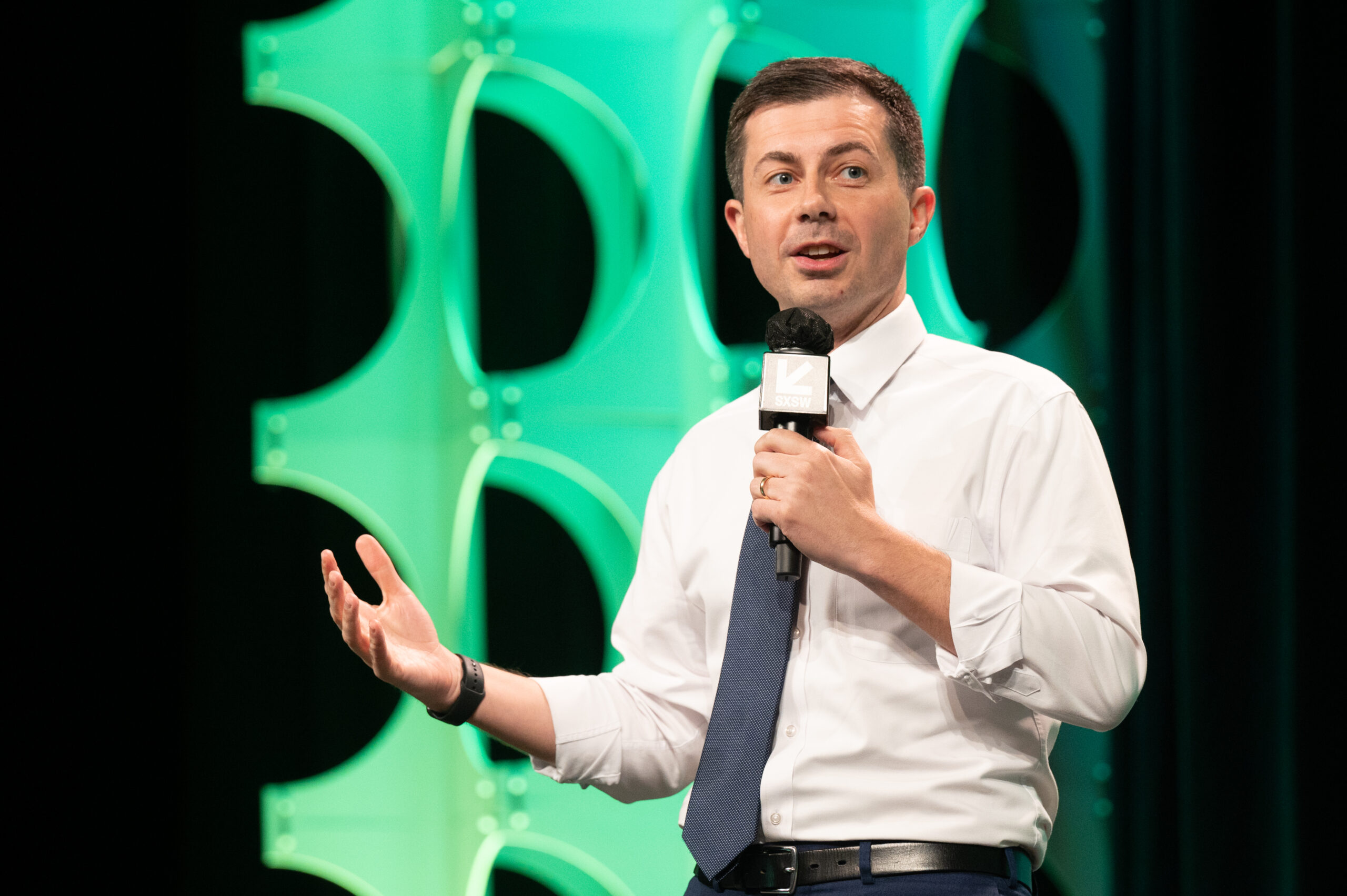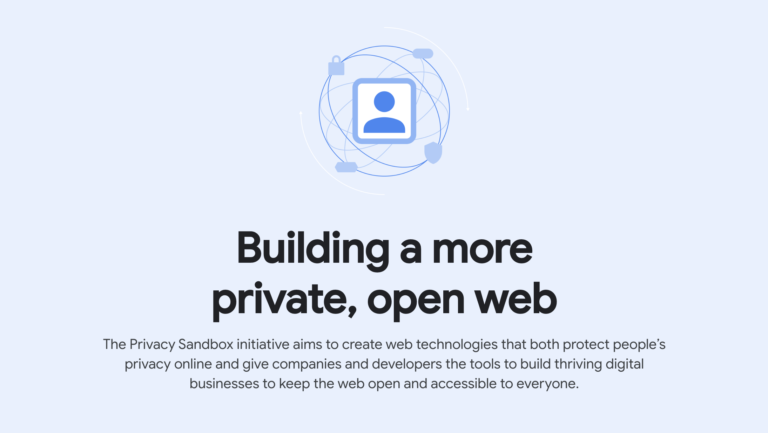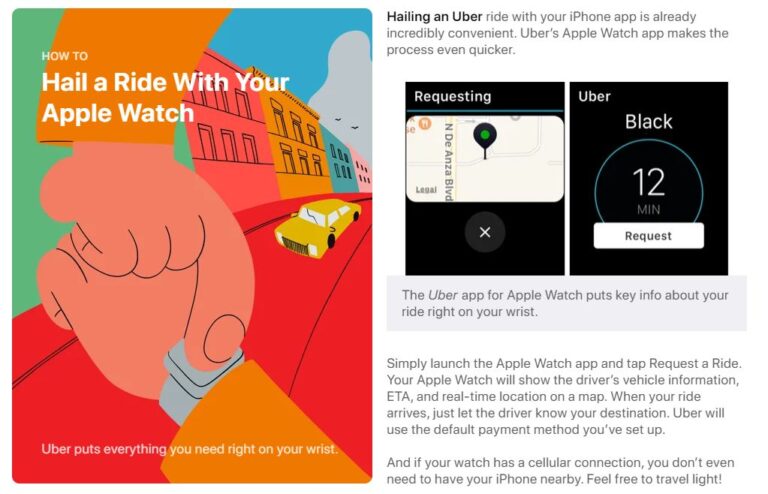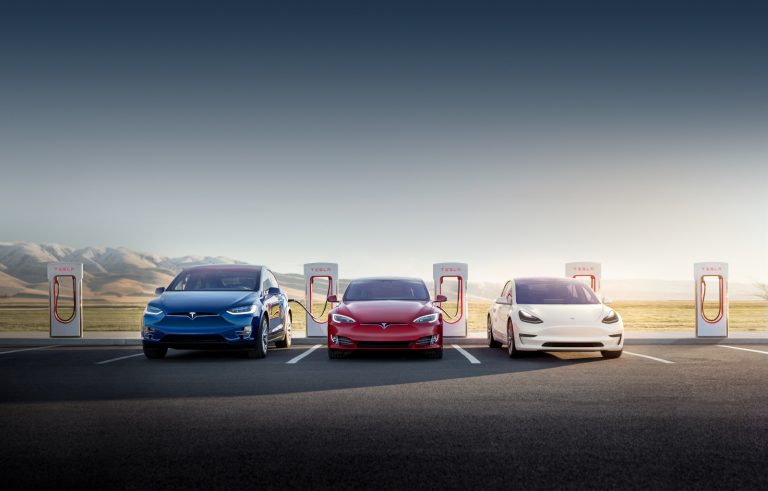Transportation Secretary Buttigeig lays out his department’s electrified vision at SXSW 2022
Despite the pandemic shuttering offices and upending commutes across the nation for more than two years, America’s roads and bridges remain critical to its economic and social well being, acting as a circulatory system for goods and people. But like the ticker found in your average American, our transportation system could stand more routine checkups and maybe a few repavings if it wants to still be around in another four decades. The guy whose job it is to make sure that happens, US Secretary of Transportation Pete Buttigeig, took to the SXSW stage at the Austin Convention Center last week to discuss the challenges that his administration faces.
The Secretary’s touched on a wide range of subjects beginning with the projects his agency plans to focus on thanks to the recent passage of a $1.2 trillion infrastructure package, roughly half of which is earmarked for transportation programs. “There are five things that we’re really focused on,” Secretary Buttigeig said. “Safety, economic development, climate, equity and transformation.
“It’s the reason the department exists,” he continued. “We have a Department of Transportation, first and foremost, to make sure everybody can get to where they need to go safely.”
But despite his agency’s efforts, the Secretary noted that some 38,000 Americans died on the road last year, compared to air travel where, “it’s not unusual to have a year where there are zero deaths in commercial aviation in the United States… I don’t believe it has to be that way.”
These investments will also help position the country to better compete economically. He points to China, which , “because of how important it is for their economic future,” he said. “This is what countries do. This is what the United States, historically, has done except we sort of skipped about 40 years.”
We need not look further than in January to see the impacts of nearly half a century of investment austerity upon the nation’s roadways. Hours before President Biden was scheduled to speak in the city, promoting his infrastructure plan no less, when the elevated span fell, sending ten people to the hospital with non-life-threatening injuries and highlighting to ensure the proper upkeep of its nearly 500 bridges.
Ensuring the safe operation of transportation also promotes economic development, Buttigeig argued, “so we’re going to make sure that we drive economic opportunity through great transportation, both in the installation of electric chargers and the laying of track.”
Tempering the capitalist urges that a functional transportation network seems to rouse are the agency’s climate goals. “Every transportation decision is a climate decision, whether we recognize it or not,” Buttigeig said, noting that the transportation sector is the US economy’s second leading source of greenhouse gas, behind the energy sector. “Not only do we have to cut emissions from transportation on our roads by making it so that you don’t have to drag two tons of metal along to get to where you need to go all the time, we’ve got to prepare for the climate impacts that are already happening.”
Secretary Buttigeig also touched on how to most equitably distribute the benefits from those mitigation efforts and the incoming investment funds. “Infrastructure can and should connect, but sometimes it divides,” Buttigeig said, referencing the nation’s historical and “urban renewal” projects that tore apart black communities for generations.
“We have a responsibility to make sure that doesn’t happen this time around, and to make sure that the jobs that are going to be created, are available to everybody,” he continued. “Including fields that have been traditionally very male, or very white, but could be open to everybody. A lot of great pathways in the middle class, through these kinds of construction and infrastructure jobs that are being created.”
Looking ahead, “I will say that I think the 2020s will probably be one of the most transformative periods we’ve ever seen in transportation,” Buttigeig told the SXSW audience, nodding to recent advances in EVs, automation, UAVs and private space flight. “These things are happening, they’re upon us, and we have an opportunity to prepare the way to make sure that the development of these innovations benefits us in terms of public policy goals.”
But for the Transportation Secretary’s excitement at these future prospects, he had no misconceptions about how long it will likely take to achieve them. “I get a lot of interviews where the first question is, ‘all right, what are we going to see this summer,’” he said. “I will say, you will see more construction starting to happen as early as this summer in some places as a result of this bill.”
This is not a 2009 economic stimulus-style plan where “the idea was to get as much money pumped into our economy as possible to stimulate demand and deal with high unemployment,” he said. “This is a very different economic reality right now. And there’s a very different purpose behind this bill. It’s not about short-term stimulus. This is about getting ready for the long term.”
All products recommended by Engadget are selected by our editorial team, independent of our parent company. Some of our stories include affiliate links. If you buy something through one of these links, we may earn an affiliate commission.






